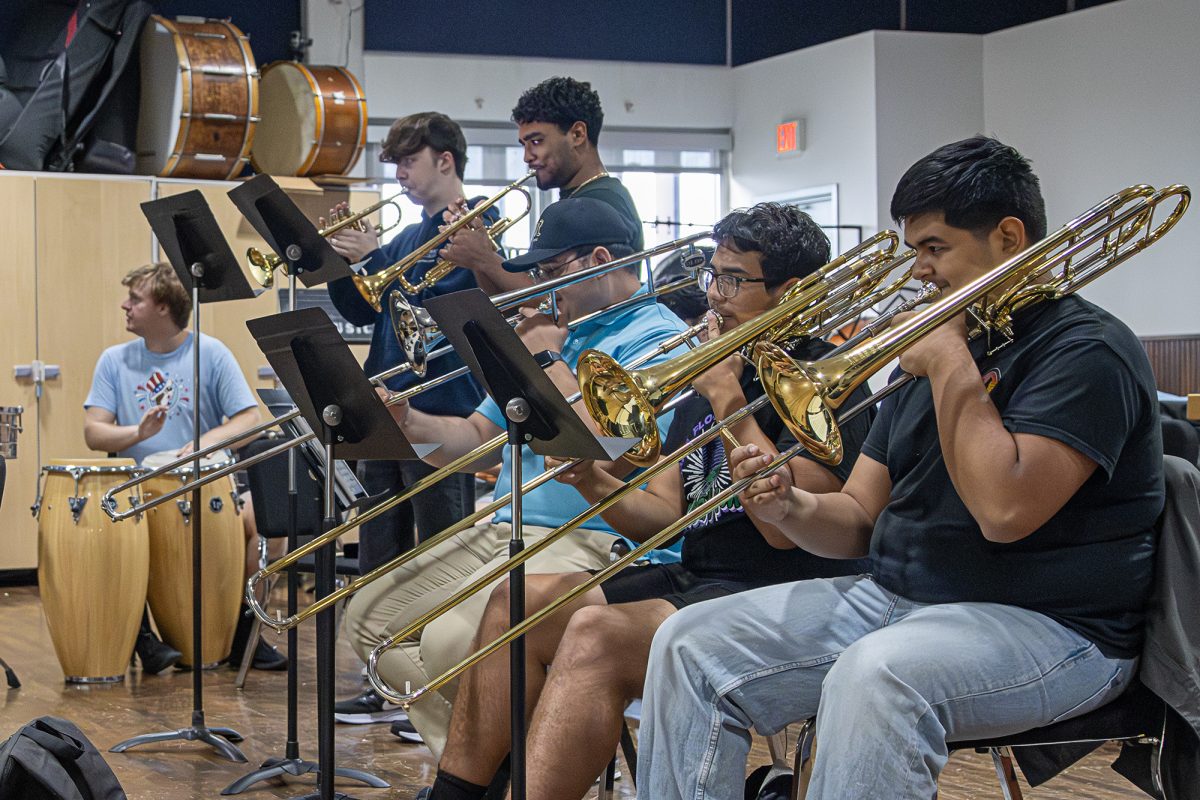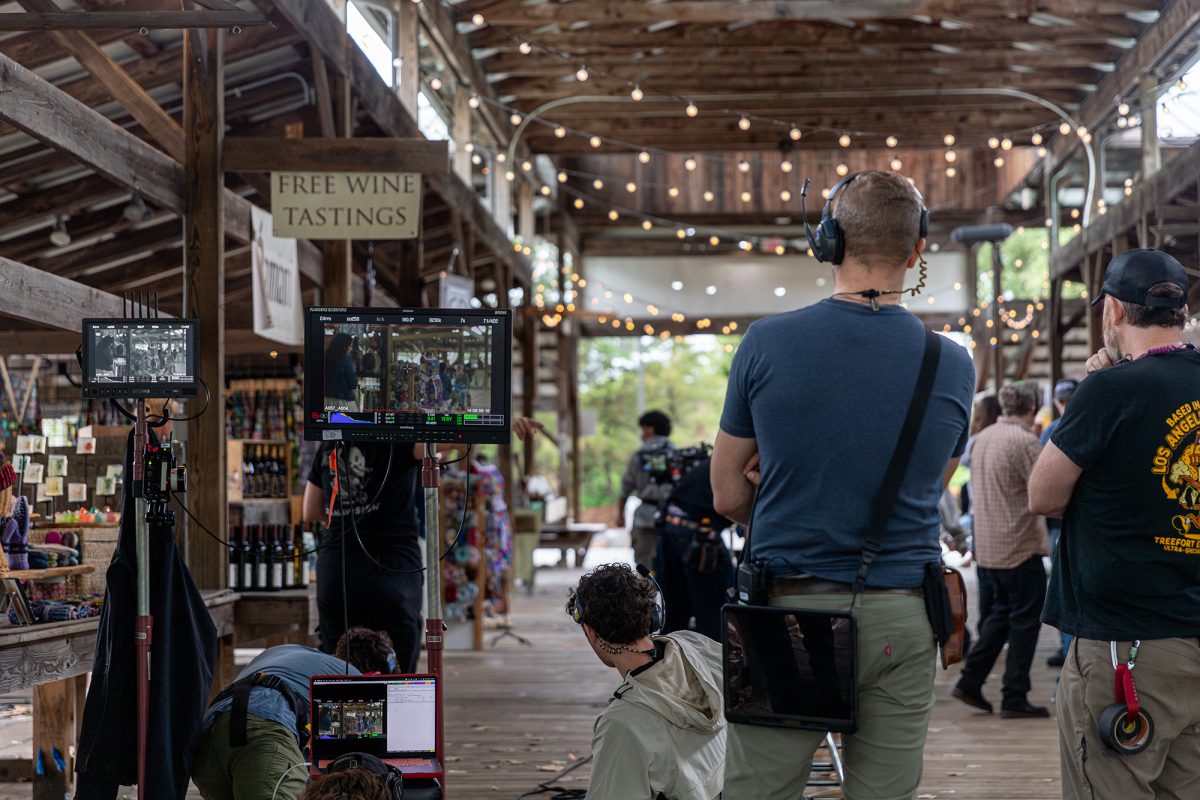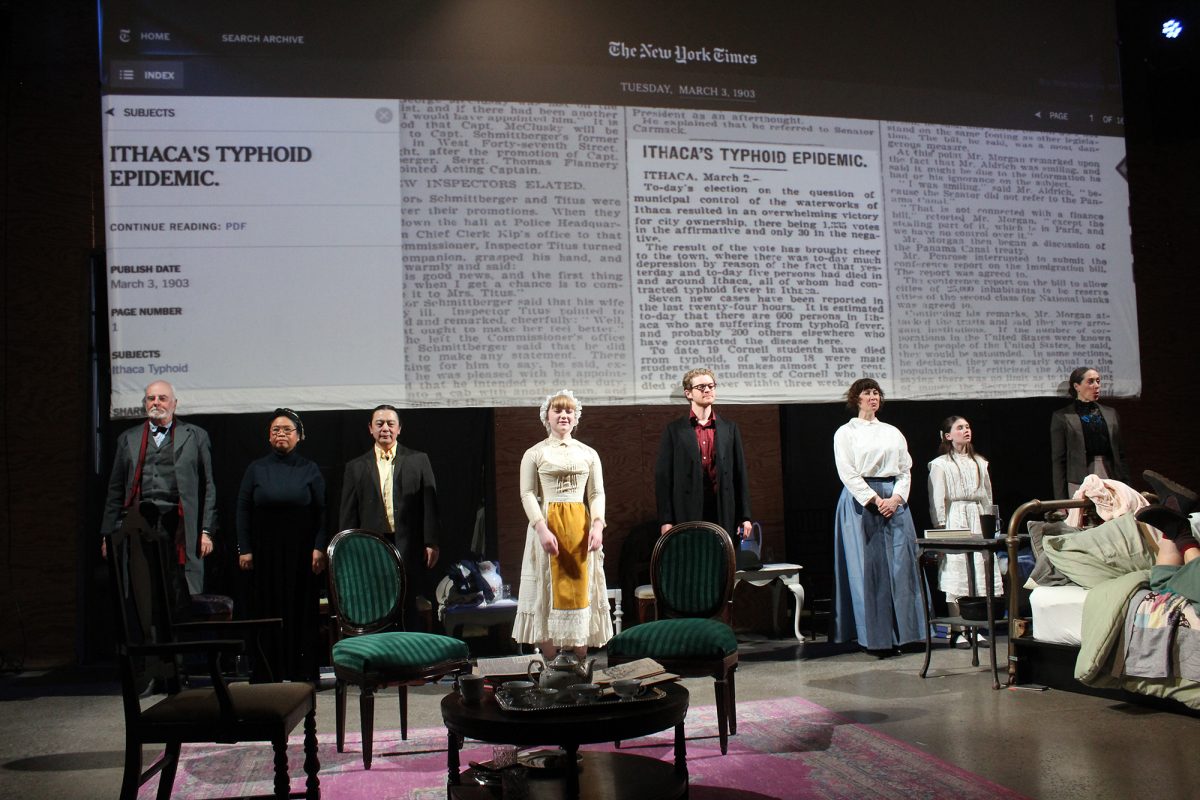Jennifer Jolly, Dana professor in the Department of Art, Art History, and Architecture, recently published her essay “José María Morelos, Brownness, and the Visibility of Race in Nineteenth-Century Mexico,” in the journal “Estudios Mexicanos/Mexican Studies” in August 2023.
Jolly is a Dana professor who was recognized in 2022 by Ithaca College for a continued record of excellence and promise of an outstanding future. Her essay explores how race has influenced the perception of significant figures in 19th century Mexico. Staff writer Kinsey Burr talked to Jolly about her inspiration for the essay and what readers should expect.
This interview has been edited for length and clarity.
Kinsey Burr: What inspired you to write this essay?
Jennifer Jolly: My last big project was a book about Pátzcuaro, which is a region of Michoacán. While I was writing that, I became very aware that during the colonial period it was very clear that there was a really wide range of different races present in Michoacán. Racial identities were very visible because they kept careful demographic records. One of the things that happened in the early 19th century with the end of the colonial period was that they outlawed taking racial demographics, so they called it a caste system at that point, not race. I became really interested in that broader question from Mexico, which is how it was so clear there were Afro Mexicans throughout Mexico in the colonial period, but by the 20th century, they were largely invisible. To figure it out I needed to start looking at the 19th century. What I had to try to figure out and understand and enact through my looking at images, was that when you’re looking for signs of race, you’re not really just looking at people’s bodies. When you’re looking for signs of race, you’re looking for signs of power structures. That’s what led me to this particular project. In this particular project, I was taking a figure that I had studied in this Pátzcuaro project, José María Morelos, who is a major independence hero of Mexico. What is really interesting about him is that when I was writing about him in the early 20th century, I was reading all these American sources that described him as mulatto, which means a mix of African and European heritage. U.S. sources were very straightforward about his identity. When you read Mexican sources, some people described him as mestizo [person of mixed European and indigenous non-European ancestry], and some described him as mulatto; there were lots of different descriptions. When you look at his actual birth records, they describe him as Spanish. In other words, his parents were able to pass as Spanish. I became really curious to understand how this figure’s race was so flexible. That’s what led to this article because I started looking at his portraits for signs of how race was thought about at different moments in time.
KB: Was there ever anything holding you back from publishing the essay?
JJ: There’s no question that there are politics involved. [There are] social politics to be thinking about when you’re working on a topic like race in Mexico, when a white American woman is working on any project in Mexico. One of the things I did try to do was be very respectful of all the work that Mexicans have been doing, so my articles are full of citations of people. I really saw my contribution on one hand pulling together a lot of wonderful work that important scholars have done and saying, “Okay, I can bring an additional lens to the work that folks are already doing.” I feel that I am just one voice in a much larger collidescope of folks who are writing about Morelos, and I don’t see my project as dominating in any way, just one more lens I’m suggesting we look at.
KB: Are there any current events in the media you feel your article is contributing towards?
JJ: Race is something that I have been thinking about for a very, very long time. I think one of the key things I’m doing with this article is making the argument that ideas about race change over time. They layer over each other, so they all remain present and they all inform how we think today. For example, the word “race” originally gets used in the context of religion making differentiations between Christians and non-Christians. The morality associated with making different racial categories — that there were some people that were good and some that were sinners — that version of thinking about race is still present in those who get criminalized in our society, but we don’t necessarily think about race as being about religion anymore. But that layer is still present and I don’t think we can fully understand the way race functions today without understanding all these different layers and how they’ve come together.
KB: How is this project different from the other work you have published?
JJ: I would say each of my projects is connected to the one that came before. As I said, this came from a question that was raised in earlier work I was doing. But I have found that I have to think about race and talk about race in slightly different ways now in order to get at what I realized was one of the problems. In that sense, this is new, this is different. It is part of a larger project I’m doing on race and representation in Mexico, so I would say it grows out of earlier things, but it really takes me in a new direction. What’s really different is that I’m writing about the 19th century instead of the early 20th century. I would have said I was a specialist in the early 20th century, so it was a little weird for me to step out and go earlier in that time period.
KB: Do you plan on using this essay in any classes at Ithaca College?
JJ: I teach a class on race and representation in Latin America, and that’s an upper-level art history class. This last time I taught it, I had my students read the essay and we discussed it and I actually incorporated some of their feedback into the revision of the article. I’d already sent it off, but it was still in the process of revising. One of my biggest complaints about scholarship today is that it is so often written for other academics, not written for undergraduate students, so I worked really hard in this essay to make it accessible to my students.



















